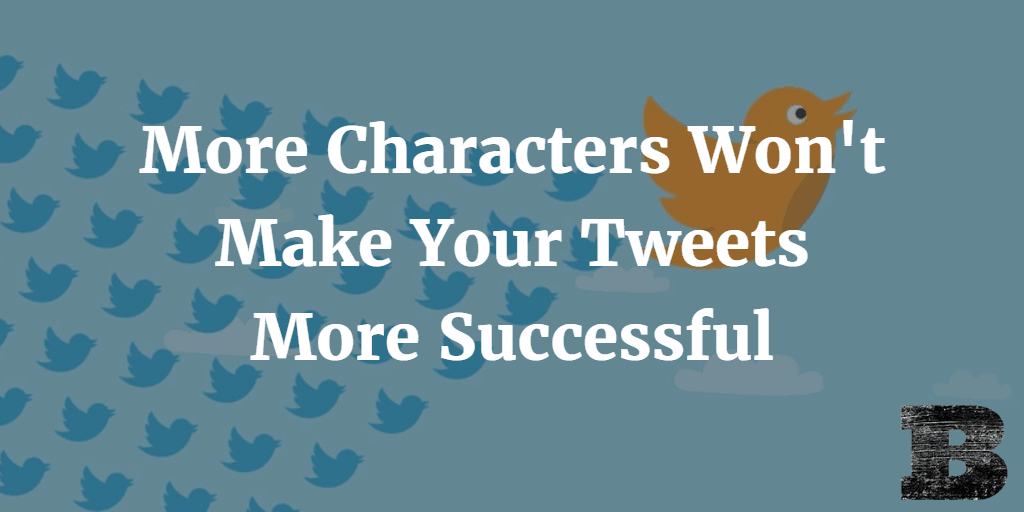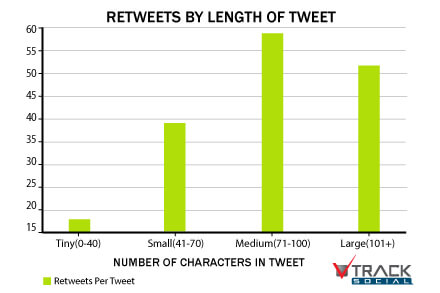
This week, a report from Bloomberg claims that Twitter will stop counting images and links against the 140-character limit. This news has excited many and got social media fans pumped about what they may do with their new found characters. While this added room may make some happy, it’s not likely to bring about better performance for social media marketers. Here’s why more characters won’t make your tweets more successful.
More Characters Won’t Mean More Success
Those cheering for more characters may not understand how best-performing tweets are designed. Research shows that shorter tweets perform better. Twitters own research and advice is to keep character counts short for best performance.
So why are more available characters a big deal? Even with an image and link, you still had 92 characters to work with (140 characters, minus 24 for an image, minus 24 for a link plus a space between the link and text). That’ll put you in the 70-110 character sweet spot for optimal engagements.
Marketers utilizing the increased character count may be able to get more across in their message but they’ll likely decrease the likelihood that viewers will click or engage with their message.
Think of social engagement as a this or that act. People will only give you a single action past glancing at your message. Do you want that action to be reading an entire longer message, clicking a link, or clicking retweet? You might want all of the above but in most cases you only get one, unless your message and content are massively engaging. Which ONE do you choose?
Though more characters sounds like a good deal at first, it won’t likely bring about better engagement for marketers looking to connect with their audiences.
Resist The Urge To Use The Longer Rope
Twitter not counting images and links within the character count may not be as advantageous as it initially sounds but being aware of how best performing messages are crafted will give you a real advantage over others. While they flock to utilize their new found characters, you can craft messages that stay within the sweet spot.
Not every change social networks make is as bad as many make it seem. Not every change people cheer for is as good either. Finding the advantage in both is key to getting the best performance from your social media programs.
